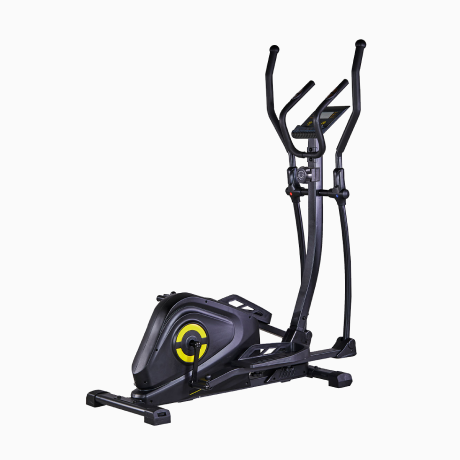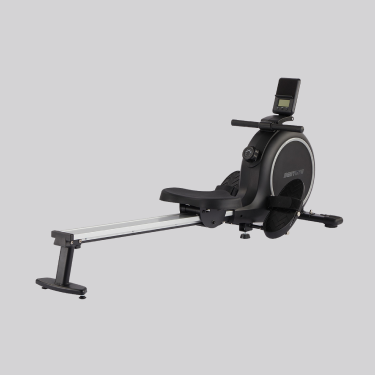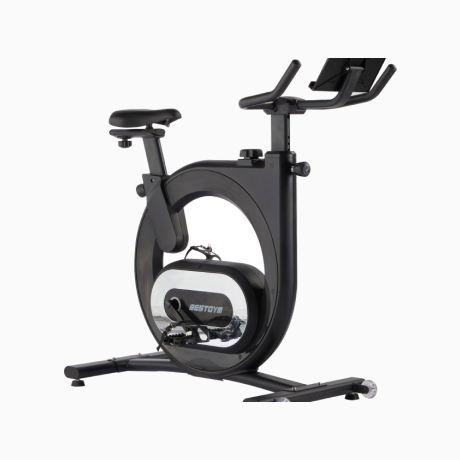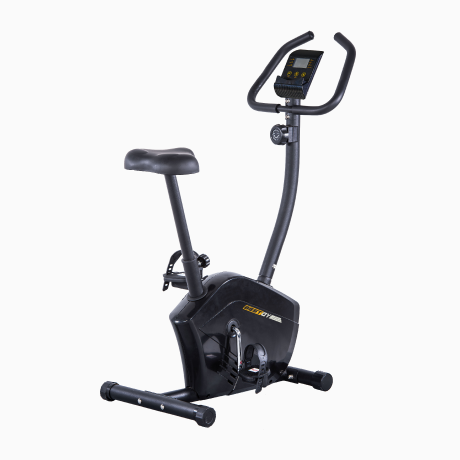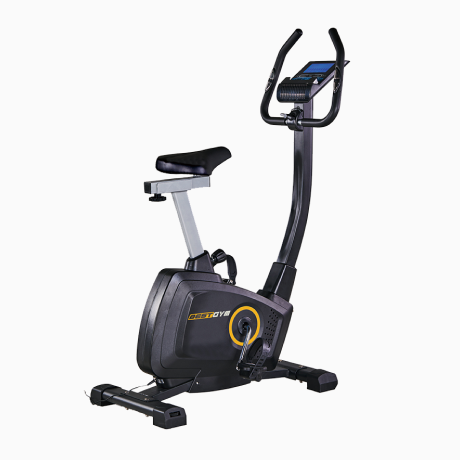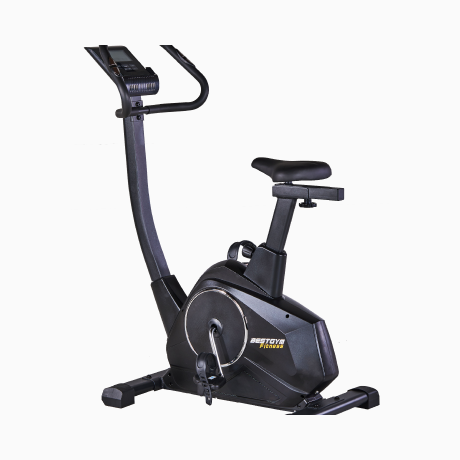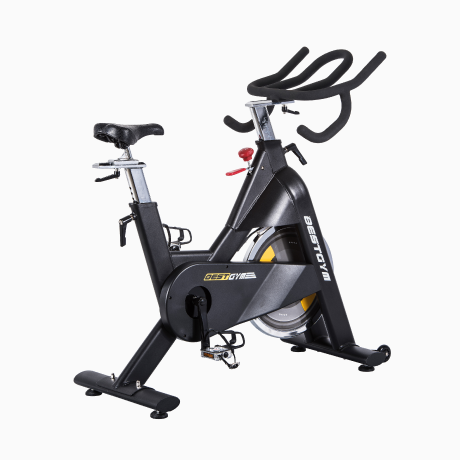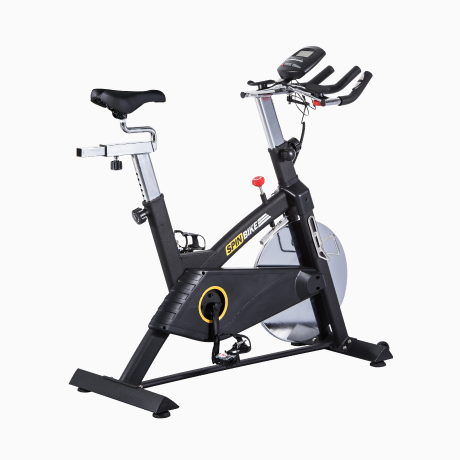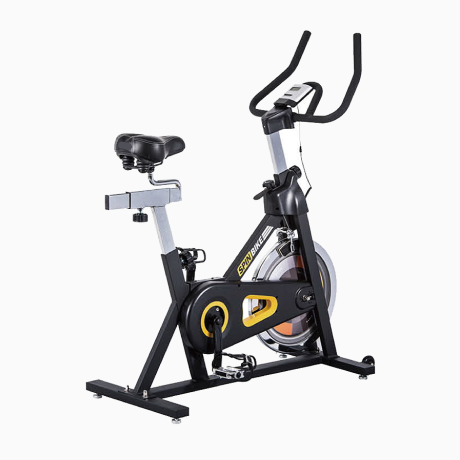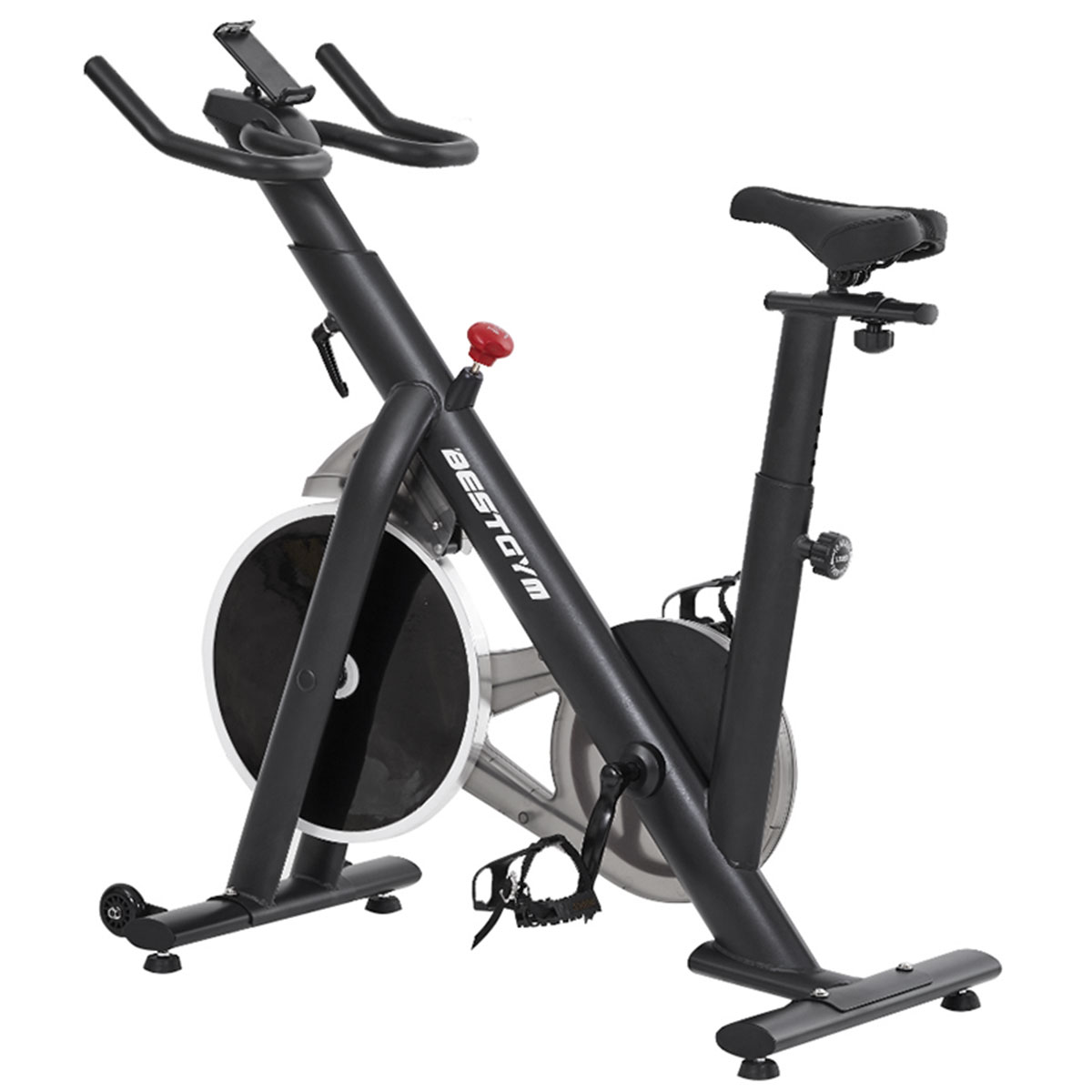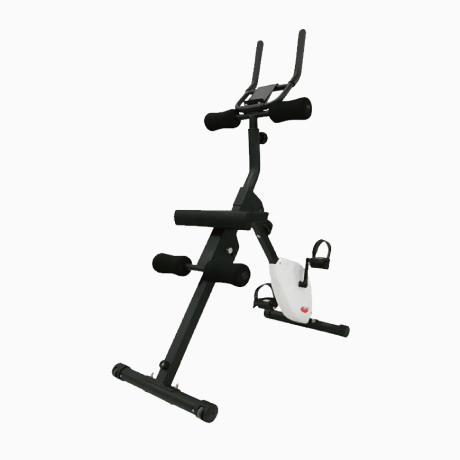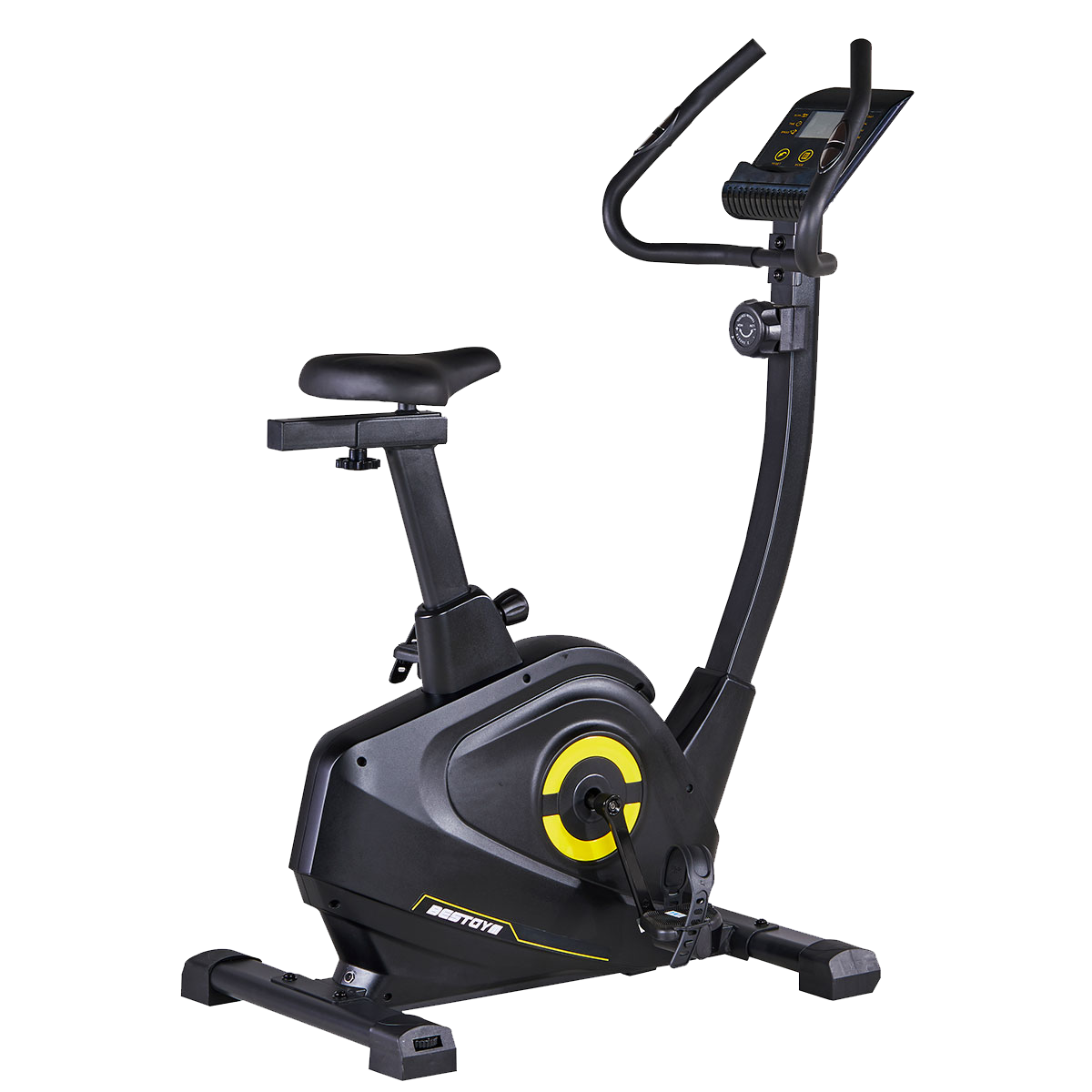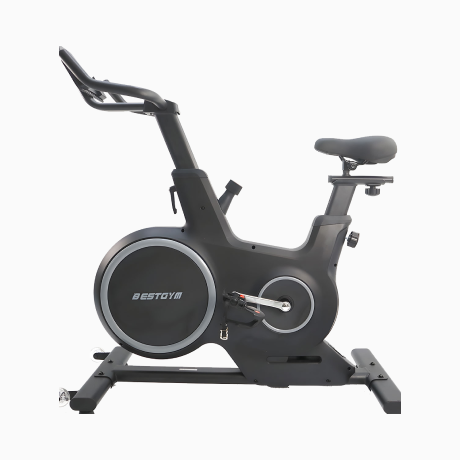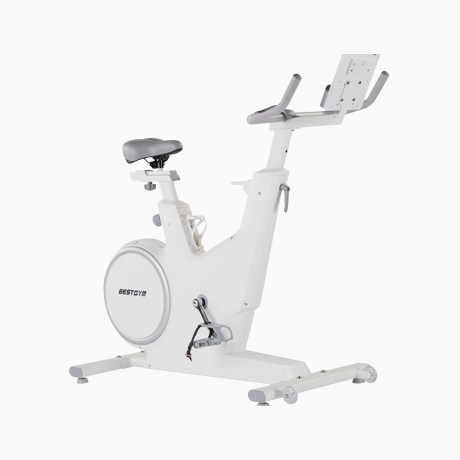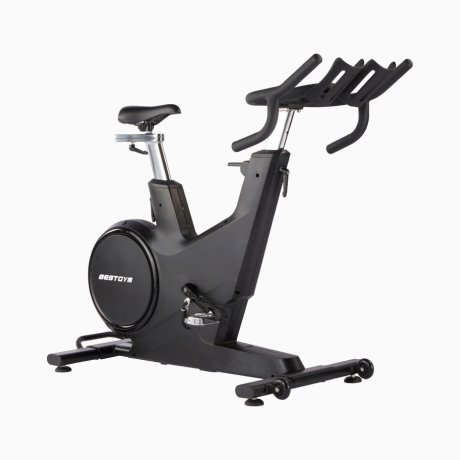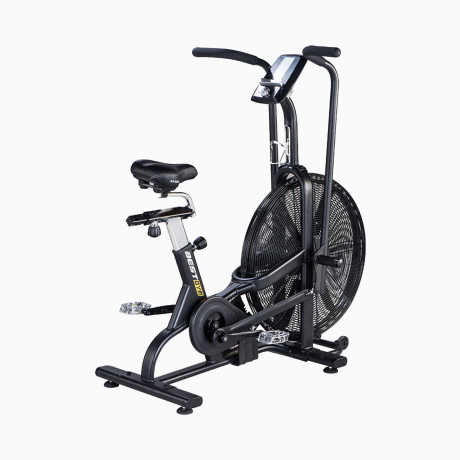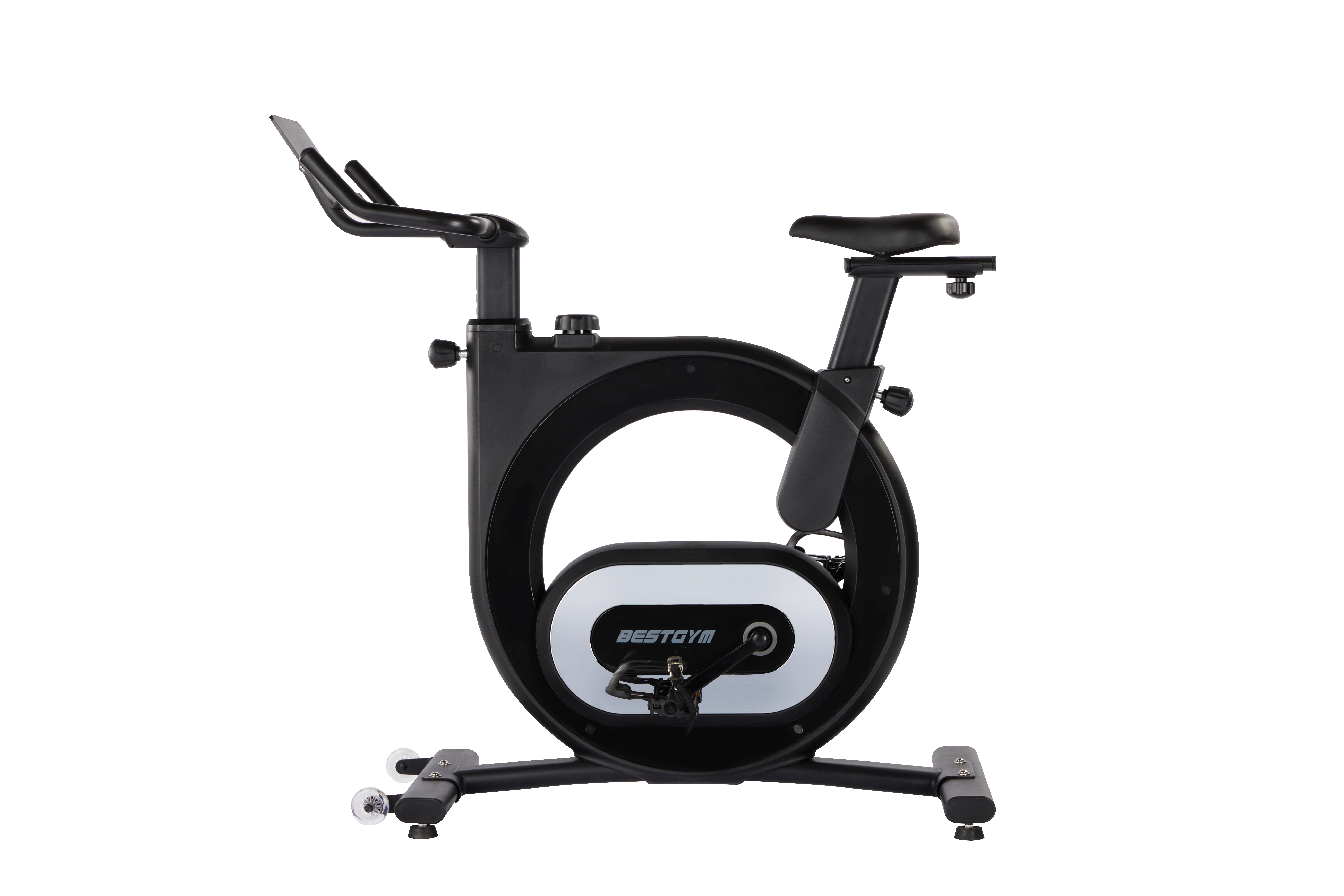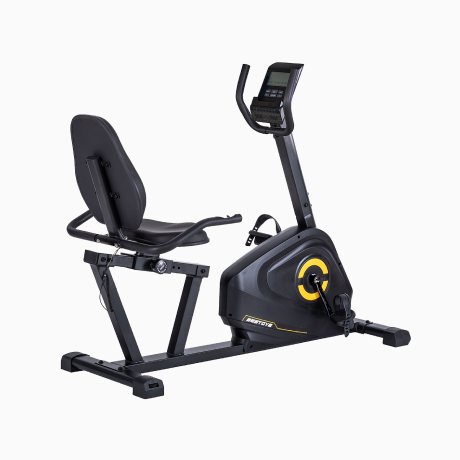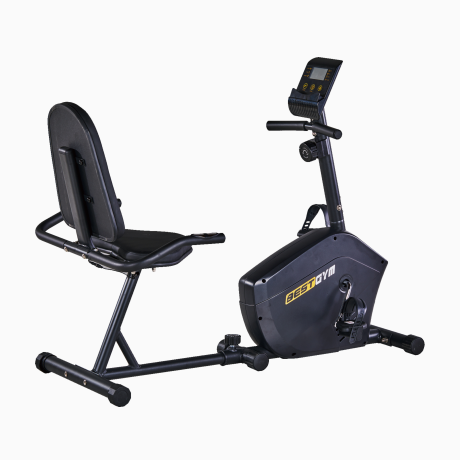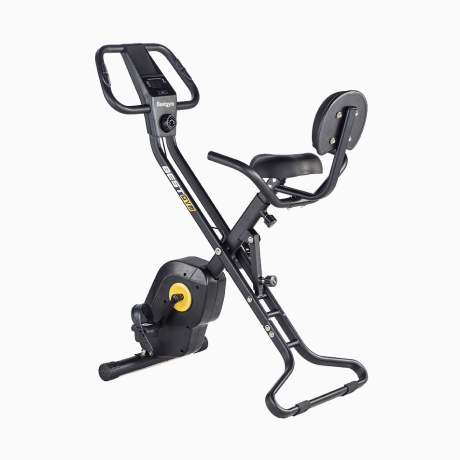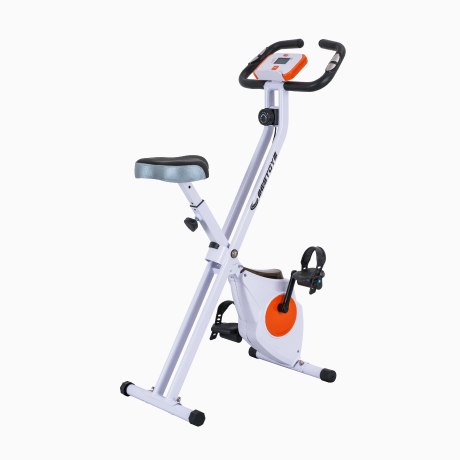Kinds of Magnetic Bikes For Your Choice
How Does A Magnetic Bike Work?

Unlocking the mystery behind the functionality of magnetic bikes unveils a sophisticated interplay of technology and design. At the heart of this fitness innovation lies the magnetic resistance system, a departure from conventional friction-based mechanisms. Magnetic or spinning bike manufacturers have harnessed this advanced technology to create smoother, quieter, and more durable exercise bikes. By collaborating with leading spinning bike manufacturers, gyms can offer their clients cutting-edge fitness products that enhance their workout experience.
The linchpin of a magnetic bike is its flywheel, intricately linked to the pedals. Think of it as the powerhouse driving your workout. Positioned strategically around this flywheel are magnets, the unsung heroes of the resistance game. These magnets, adjustable and responsive, dictate the level of challenge you encounter during your cycling session.
Picture this: as you engage in a rhythmic pedal motion, the flywheel spins into action, generating momentum. The magnets, akin to silent conductors, can be fine-tuned at your discretion. Crank up the resistance, and suddenly, you're navigating the sensation of climbing a hill. Dial it down, and you'll experience the ease of cruising on a flat surface.
What sets magnetic bikes apart is the user-friendly nature of resistance adjustments. A simple turn of a knob grants you control, allowing for a seamless customization of your workout intensity. Furthermore, the absence of physical contact between the magnets and the flywheel ensures not only a smooth but also a near-silent operation, providing a conducive environment for focused and undisturbed exercise.
In essence, a magnetic bike on your fitness journey isn't just a piece of equipment; it's a technological companion, adapting to your preferences and ensuring a dynamic and efficient workout experience.

Magnetic resistance, a technological marvel, operates on the intricate interplay between magnets and a flywheel, providing a seamlessly adjustable challenge that feels as smooth as gliding through air.
Contrastingly, traditional contenders like friction resistance demand a more direct approach, with brake pads engaging the flywheel. While reliable, this method introduces an audible element – the soundtrack of your exertion may include the occasional hum and squeak, requiring a bit more TLC in the maintenance department.
Then there's the unpredictable character in the resistance saga – air resistance. This method throws you into a cyclist's realm, requiring you to pedal against the resistance generated by a fan-like wheel. It's a dynamic and responsive experience, complete with an audible whoosh that might be music to some ears but not to others. The decision between magnetic resistance and its counterparts transcends a mere choice in mechanics; it's a personalized preference.
Magnetic resistance, often the silent maestro, appeals to those who appreciate a workout without the added symphony. Conversely, traditionalists might find solace in the tangible engagement of friction resistance, despite the audible quirks. For those craving an adventure, the gusty challenge of air resistance might be the perfect fit.
How to Maintain Your Magnetic Exercise Bike
How to Maintain Your Magnetic Exercise Bike
Maintaining your magnetic exercise bike ensures its longevity and optimal performance. Here are key maintenance tips to keep your bike in top condition
Maintaining your magnetic exercise bike ensures its longevity and optimal performance. Here are key maintenance tips to keep your bike in top condition
1. Regular Cleaning
Wipe Down After Use: Use a soft cloth to wipe off sweat and dust from the bike's frame and handles. Gently clean the display console with a microfiber cloth to avoid damaging the screen.
2. Lubrication
Lubricate Moving Parts: Apply silicone-based lubricant to the pedals and other moving parts to ensure smooth operation. If you hear squeaking noises, locate the source and apply lubricant accordingly.
3. Inspect the Magnetic Resistance System
Check for Debris: Ensure that the area around the magnetic resistance system is free from dust and debris. Regularly test the bike's resistance levels to ensure they are functioning correctly.
4. Tighten Bolts and Screws
Regular Inspection: Periodically check all bolts and screws on the bike to ensure they are tight. Use the correct tools to avoid over-tightening or stripping the bolts.
5. Keep the Bike in a Suitable Environment
Avoid Moisture: Store the bike in a dry area to prevent rust and corrosion. Keep the bike in a room with a stable temperature to avoid damage to electronic components.
